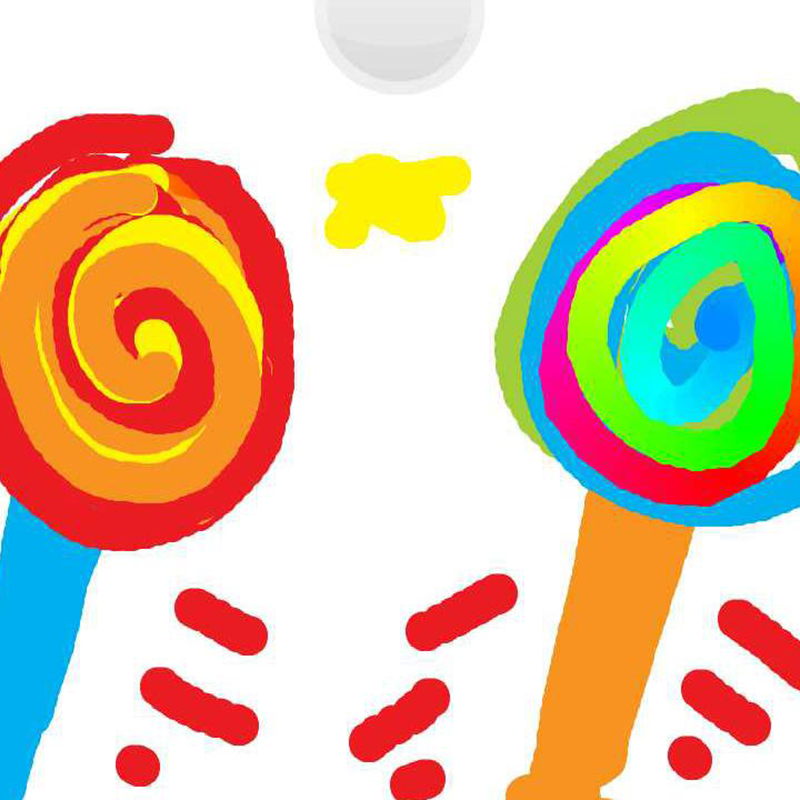My daughter just loves arts and crafts projects – especially painting! There are however just so many paints on the market to choose from, yet we as parents are not always sure which ones are safer and what type of paints to buy.
Each paint also has a different purpose so it can get quite confusing standing in the arts and crafts aisle!
Because drawing and painting are common activities, parents and childcare providers often assume that all art and craft supplies are completely safe and appropriate for children.
Here is a list of things to look out for when selecting and using safe paints that are non-toxic:
- Look for proper labels. Improved labeling makes it easier to choose acceptable children’s art materials easier.
- Always check to see if there is a “conforms to ASTM D-4236” label on the paint bottle or tin. This basically means the paints are not hazardous and safe for kids to handle.
- Avoid the following types of paints: Oil-based paints, paint thinners, spray paints, artists’ paints, acrylic paints and powdered paints. These are all NOT suitable for use by children.
- Choose water based children’s paints in solid or liquid form such as tempera, poster paints and paint pans. Acrylic paints are also water based but should be avoided as they contain ammonia and formaldehyde.
- Avoid Adult-grade paints as these may contain hazardous pigments like formaldehyde, lead and cadmium. These chemicals could be harmful to a young child’s immune system.
- It is recommended that paints older than three to five years should be discarded. Paints such as poster paints and temperas that are generally safe, often contain organic materials that can decay if not stored properly or if stored for a long period of time. Mark the date of purchase on all paint containers and use the oldest supplies first.
- Identifying if paint is safe by a strong scent is not a guarantee that there are no harmful chemicals as some solvents are odorless.
- Try to avoid working directly from the original product containers–open them, take what you need, and seal them again. Yogurt containers, disposable drinking cups and other items can be cleaned to hold paint during art and craft.
- Do not place brushes, hands, or other objects in the container–even stirring the paint with a stick can contaminate it.
- It is important to keep materials not intended for children out of their sight and reach
If you have followed these guidelines and you are still uncertain or have any questions about a product, contact the manufacturer to find out what substances are used in the products and if they are safe for children.
